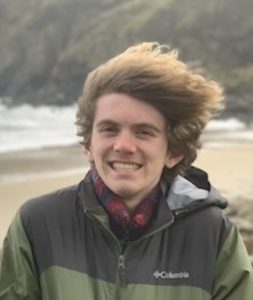Chemistry Research Fellowships
The Kubota and Myhre Research Fellowships in Chemistry
The Department of Chemistry at Harvey Mudd College has two research fellowships in Chemistry in honor of Mitsuru Kubota and Philip C. Myhre, emeriti professors of chemistry, in recognition of their dedicated service and significant contributions to Harvey Mudd College.
These Fellowships provide research support for chemistry and joint chemistry/biology majors to conduct research on campus with a chemistry faculty member in the summer following their sophomore year, continuing through the junior academic year, and in the summer following their junior year. Summer stipends, academic-year wages, research expenses, and conference travel funds will be available. This year’s 2024-2025 Myhre Research Fellowship was awarded to Jimmy Boyle ’26 in the lab of Professor Van Ryswyk.
To be eligible to apply for the next Kubota Research Fellowship in Chemistry, HMC chemistry and joint chemistry/biology majors in the Class of 2027 should apply to the chemistry summer 2025 research program and express their interest in being considered for the Kubota Research Fellowship. Upon acceptance to the summer program, interested students will be asked to complete an application form and prepare a short research proposal in conjunction with their faculty research mentor. Finalists will participate in a brief interview, and the Kubota Research Fellow will be announced in the spring of 2025.
Questions should be directed to Professor Haushalter (haushalter@g.hmc.edu).
Myhre Fellow – Jimmy Boyle ’26

Jimmy Boyle is the recipient of the 2024-25 Myhre Fellowship in the lab of Professor Van Ryswyk.
| Award Year | Recipients |
|---|---|
| 2024 | Jimmy Boyle ’26/Myhre Fellow/Van Ryswyk Lab |
| 2023 | Britney Baez ’25/Kubota Fellow/Brucks Lab |
| 2022 | Natalie Couch ’24/Myhre Fellow/Nemr Lab |
| 2021 | E. Bacon-Gershman ’23/Kubota Fellow/Van Ryswyk Lab |